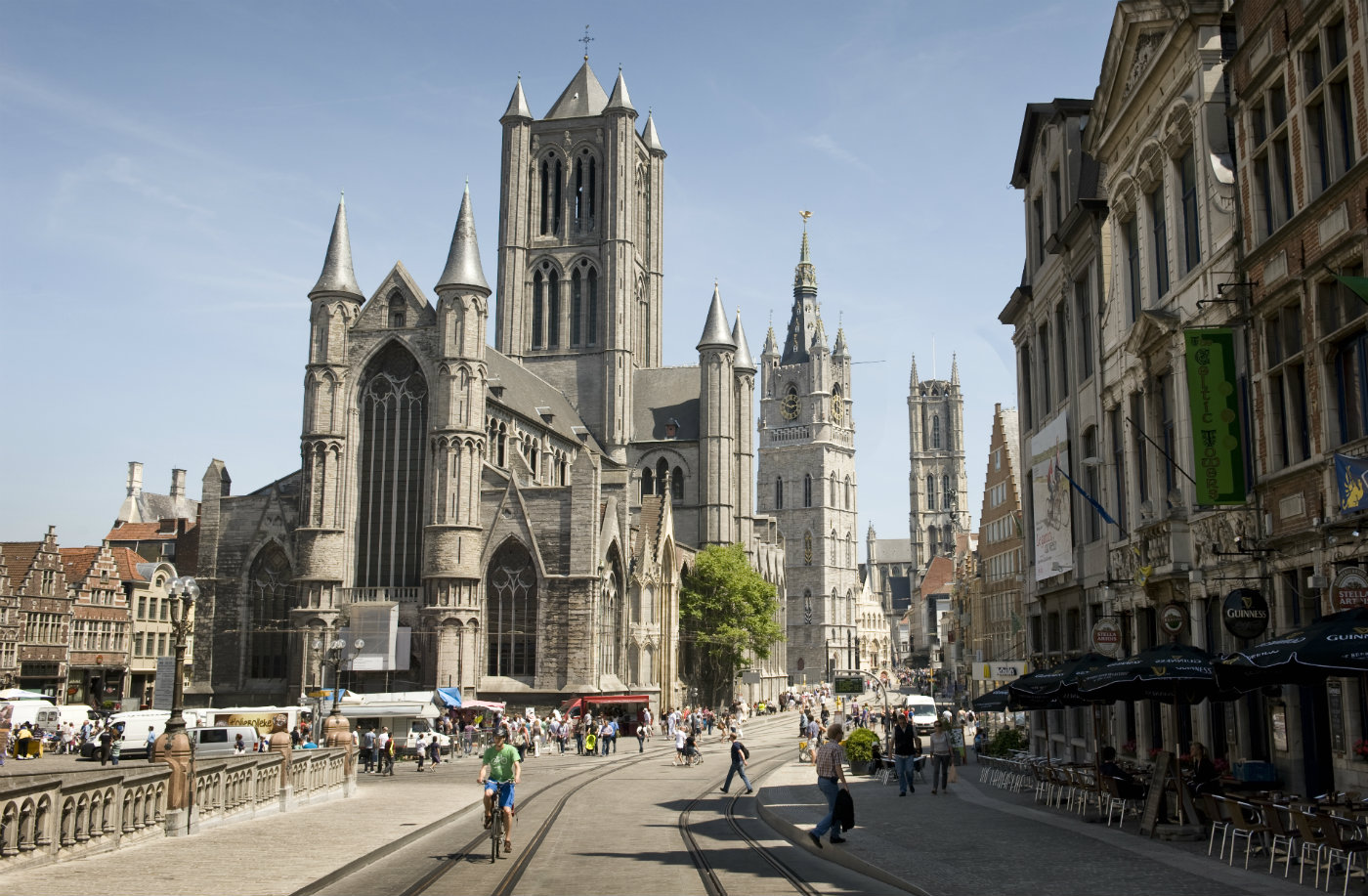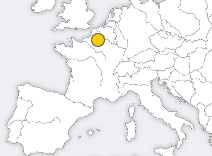-
 Bike&Boat: France & Belgium: Paris to Bruges aboard the Fleur barge (2019)15 days of luxury enjoying landscapes of farmland and forests along the legendary rivers of northern France and Flanders
Bike&Boat: France & Belgium: Paris to Bruges aboard the Fleur barge (2019)15 days of luxury enjoying landscapes of farmland and forests along the legendary rivers of northern France and Flanders

The Fleur started cruising in 2002. This small, yet very tasteful passenger barge with its sleek lines was built to fit the smaller locks and canals in France and has been cruising the French waters ever since. In 2018 Steffie Kranz and Evert Jan Muurling, will take over ownership. Steffie and Evert Jan have been in the business for more than 15 years. These years of experience and commitment are reflected in every detail and guarantee that your vacation will be a pleasant one.
Description of the cabins
On the lower deck, the Fleur has ten comfortable guest cabins (9 m² – 97 sq.ft.) with two separate single beds. Each cabin has a private shower, toilet and basin, central heating and air-conditioning; windows are fixed for safety reasons. Furthermore, in each cabin you will find a mini safe and hair dryer.
Description of the ship
On the upper deck, there is a lounge with large windows, a roomy sitting area, a dining area, a cozy bar, central heating and air-conditioning. Wi-Fi is available. On the upper deck you will also find the half-covered sun deck, which is the ideal place to drink a cup of coffee or an aperitif and to enjoy the scenery while cruising.
Facts about the ship
Length: 38.7 m (126 ft.)
Width: 5 m (17 ft.)
Crew: 4
Cabins: 10
Pass.: 20 (max.)